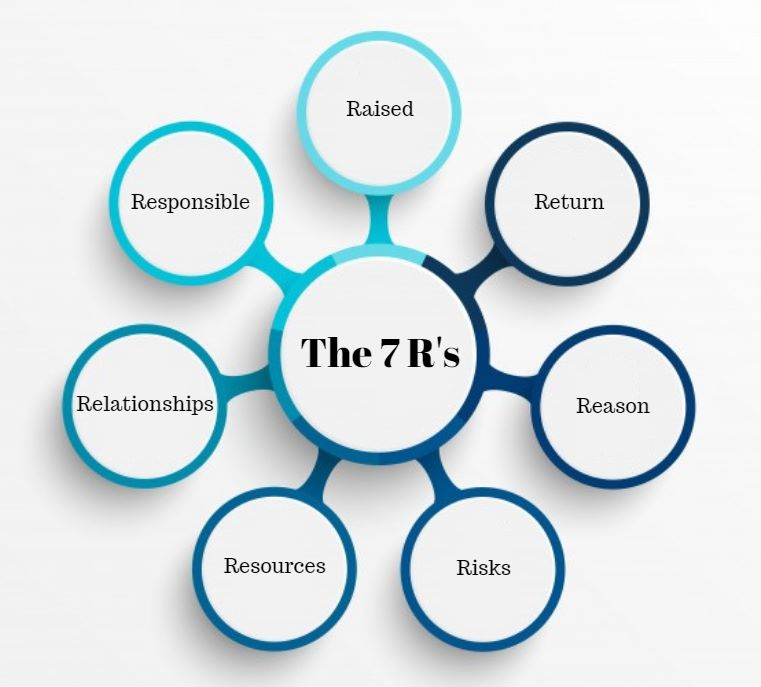
As an IT service management discipline, change management ensures that the procedures and methods employed to enact change are standardized and ensure that they promote the prompt and efficient management of any changes to IT infrastructure. The ultimate goal of IT change management is to limit the number and severity of change-related impacts on service.
7 R’s of Change Management
Seven Rs of Change Management is a checklist of important points that need to be considered while raising a change request. This compiled list of 7 Rs helps to minimize change rejection at the point of change logging. The checklist comprises seven simple questions, which are as follows:
- Who RAISED the change request?
- The REASON behind the change?
- RETURN required from the change?
- RISKS involved in the requested change?
- Who is RESPONSIBLE for the create, test and implement the change?
- RESOURCES required to deliver the change?
- RELATIONSHIP between suggested change and other changes?
In today’s IT environment, this risk is considerable to respond to new business requirements. If you can’t develop a process to manage changes effectively, which will lead to frequent service outages. Here are some important questions related to change management:

1. Who raised the change?
With so many entry points, sources and stakeholders to request a change, it became important to get an answer to this question. The best way to address authorization of change is to design a system to record all changes. This system of records will assist you during audits.
2. What is the reason for the change?
The answer to this question can prevent changes with high risk and minimum business benefit. Regardless of the type of change, all major changes should be passed through an agreed-upon portfolio analysis criteria. This will ensure prioritization of changes.
3. What return is expected from the change?
Before implementing any changes, it is important to understand the return from the change to define the priority. ITIL distinguishes two key inputs into the change management and the ITIL Financial Management for IT Services provide cost-related information.
4. Risks involved in the change?
All changes involve risk. Some risks can be avoided, and some have to be accepted. While accepting or rejecting a change request, consider the risk of not making a change as well. No one can guess the exact amount of risk involved in change but can figure out the approximate degree of forethought before making changes.
5. Resources required to deliver the change?
The requirement and availability of infrastructure assets and human resources to implement a change. While accepting change, consider its impact on other projects. The change should not impact other projects.
6. Who is responsible for the create, test and implement the change?
The people managing the development should be able to answer this question. The responsibilities should be traceable, actionable and enforceable across the change and release management.
7. Relationship between suggested change and other changes?
In a complex IT environment, it can be difficult to answer as there are numerous changes occurring concurrently. The relationship between changes needs to be determined across functional boundaries. Failing to do so can cause a delay in meeting timeline.
Before implementing any change, getting answers to these questions offers many benefits. Apart from calculating the risk associated with the change, these questions offer a great way to find out the effectiveness of your change-management process. Implementation of a change-management system is important because of the dependency of business on IT services and new requirements. CP’s ITIL Foundation training equipped you with the latest tools and techniques used in IT to improve the performance.




